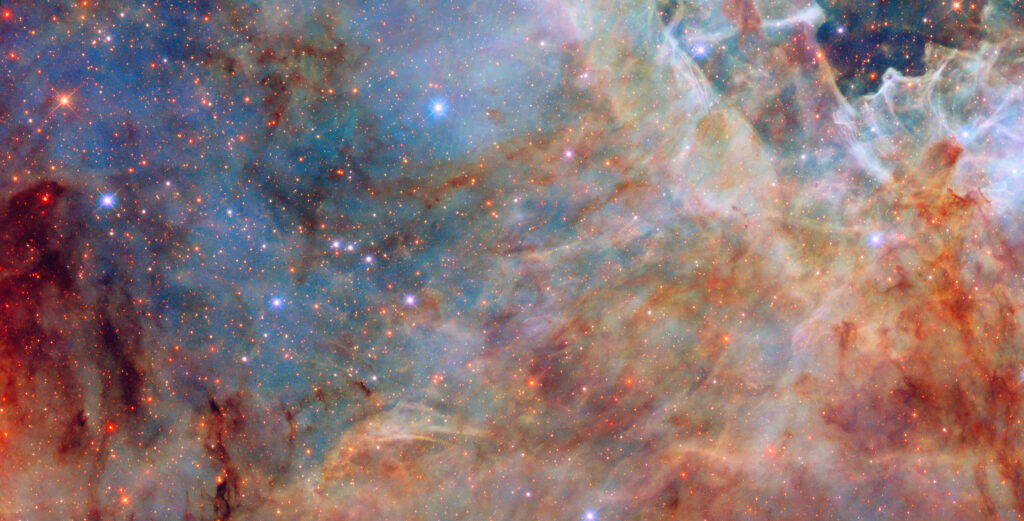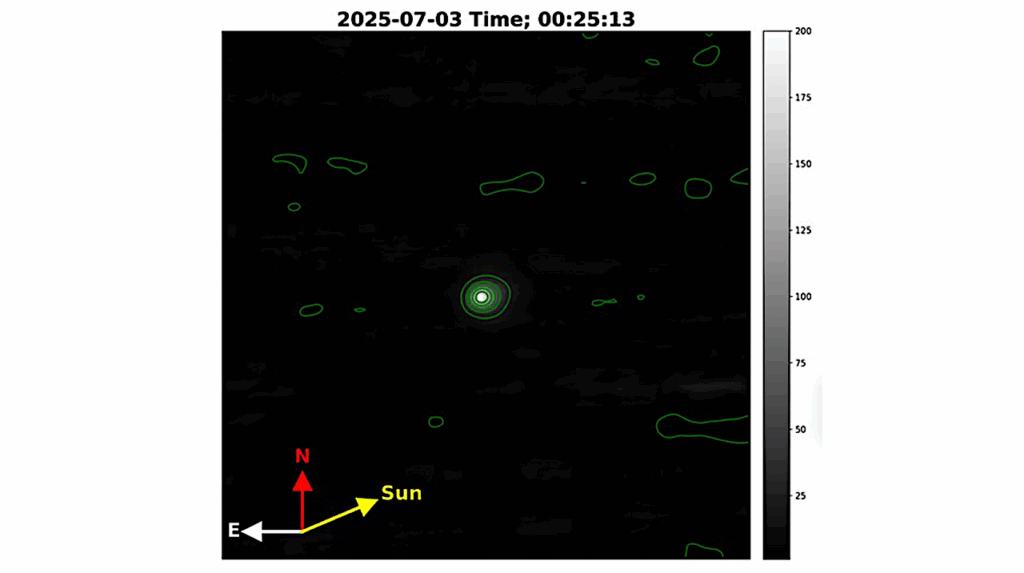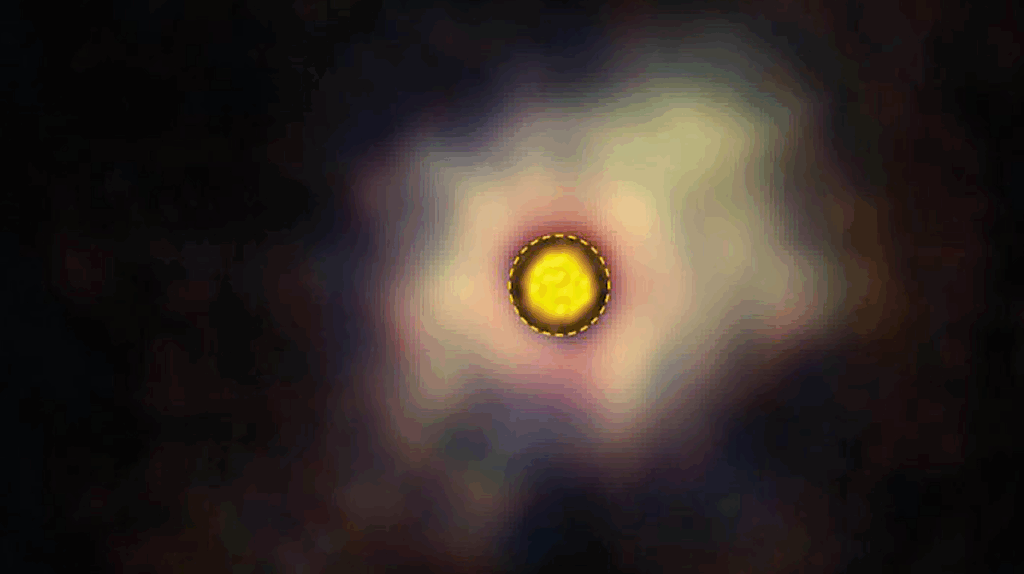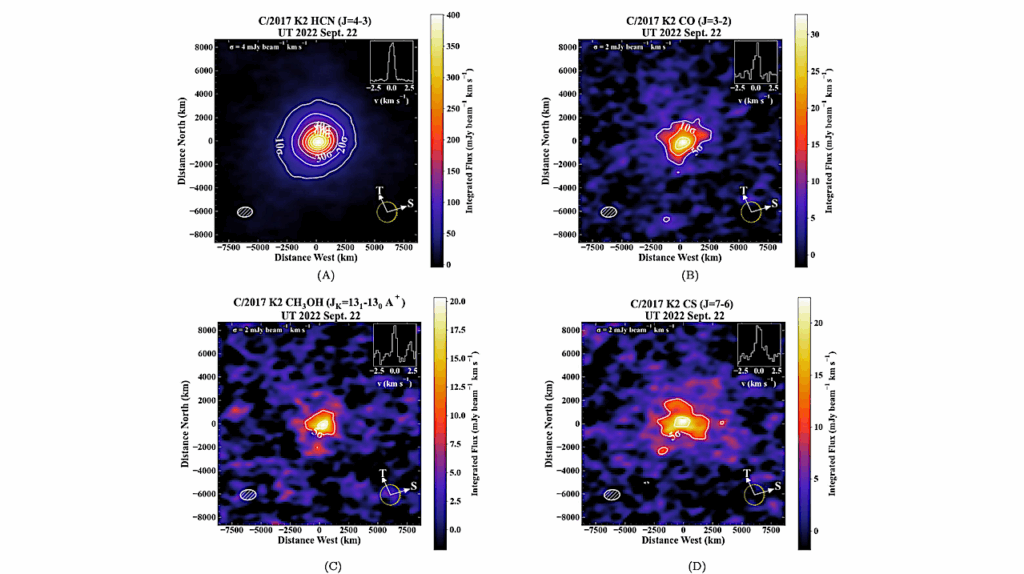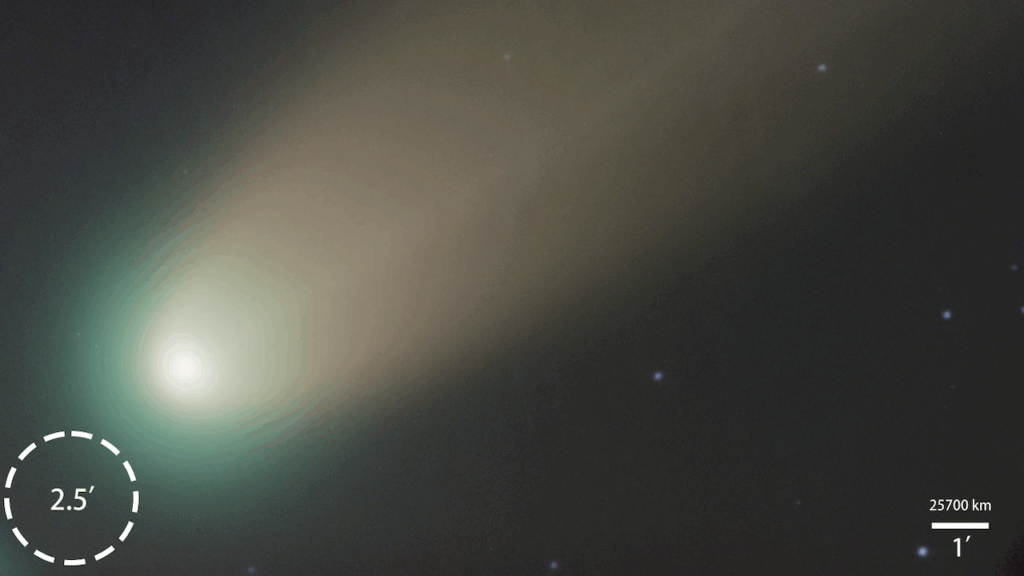Organic Compounds In Asteroids Are Formed In Colder Regions Of Space
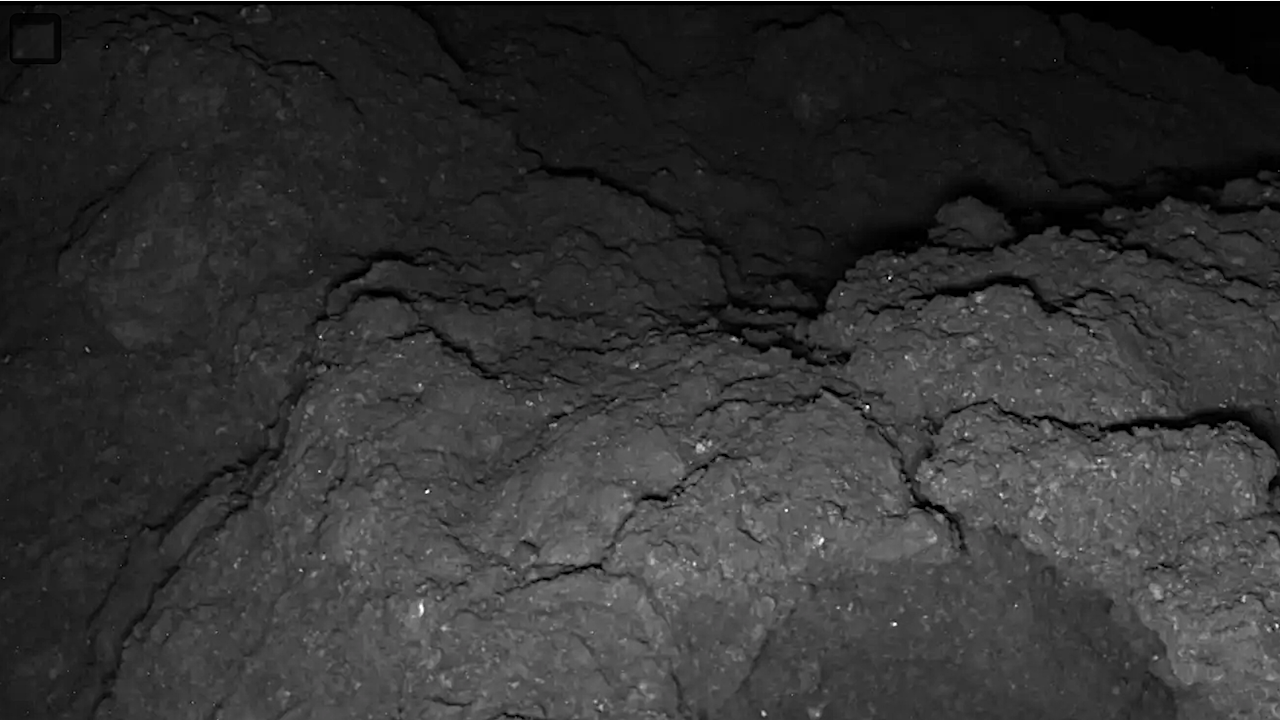
Analysis of organic compounds – called polycyclic aromatic hydrocarbons (PAHs) – extracted from the Ryugu asteroid and Murchison meteorite has found that certain PAHs likely formed in the cold areas of space between stars rather than in hot regions near stars as was previously thought. The findings open new possibilities for studying life beyond Earth and the chemistry of objects in space.
The only Australian members of an international research team, scientists from Curtin’s WA-Organic and Isotope Geochemistry Centre (WA-OIGC) carried out controlled burnings of plants to produce PAHs.
ARC Laureate Fellow John Curtin Distinguished Professor Kliti Grice, director of WA-OIGC, said PAHs are organic compounds made up of carbon and hydrogen that are common on Earth but are also found in celestial bodies like asteroids and meteorites.
“We performed controlled burn experiments on Australian plants, which were isotopically compared to PAHs from fragments of the Ryugu asteroid that were returned to Earth by a Japanese spacecraft in 2020, and the Murchison meteorite that landed in Australia in 1969. The bonds between light and heavy carbon isotopes in the PAHs were analysed to reveal the temperature at which they were formed,” Professor Grice said.

Potential pathways for extraterrestrial PAH formation. The central inset shows the molecular structures of the five PAHs we investigated. The surrounding panels schematically illustrate potential formation pathways for those PAHs. In (A), (C), and (D), grayscale color bars show δ13CVPDB, δDVSMOW, and Δ2×13C values measured or predicted in extraterrestrial materials. White is isotopically depleted and black is isotopically enriched. Dots and arrows indicate values and ranges, respectively, of the source carbon and hydrogen. Δ2×13C values are estimated predictions (21) based on model results (Fig. 2), see text. (A) PAH formation in hot (≳1000 K, red) circumstellar environments by molecular mass growth reactions (6, 11). δ13CVPDB values in AGB stars are expected to range from 0 to hundreds of per-mille depending on the stellar evolution (35, 36). δDVSMOW values are expected to be low or zero as a result of the fusion of D in stars (35, 36). texpulsion is the time scale for PAH expulsion from stellar envelopes. (B) Shock waves and ultraviolet radiation form PAHs by breaking down carbon-rich dust but also destroy them. tbreakdown is the time scale for PAH breakdown in the ISM. (C) PAH formation in cold (10 K, blue) interstellar environments through barrierless reactions (6, 12). Reduced carbon in molecular clouds is depleted in 13C compared with interstellar CO (47), whereas interstellar hydrogen is typically D-enriched (33). (D) PAH formation or modification on a parent body at moderate temperatures (100s of K, orange). Isotopic exchange can occur with carbon reservoirs such as CO and DIC, and hydrogen reservoirs such as H2. Murchison carbonate has δ13CVPDB values of +20 to +80‰ (48) whereas the water in parent bodies of CC meteorites has been found to be D-depleted (40, 42). – Curtin University/Science
“Select PAHs from Ryugu and Murchison were found to have different characteristics: the smaller ones likely in cold outer space, while bigger ones probably formed in warmer environments, like near a star or inside a celestial body.”
Study co-author Dr Alex Holman, also from WA-OIGC, said understanding the isotopic composition of PAHs helps unravel the conditions and environments in which these molecules were created, offering insights into the history and chemistry of celestial bodies like asteroids and meteorites.
“This research gives us valuable insights into how organic compounds form beyond Earth and where they come from in space,” Dr Holman said.
“The use of high-tech methods and creative experiments has shown that select PAHs on asteroids can be formed in cold space.”
The full research paper, ‘Polycyclic aromatic hydrocarbons in samples of Ryugu formed in the interstellar medium’ will be published in the journal Science.
Polycyclic aromatic hydrocarbons in samples of Ryugu formed in the interstellar medium, Science (open access)
Astrobiology, Astrochemistry,



